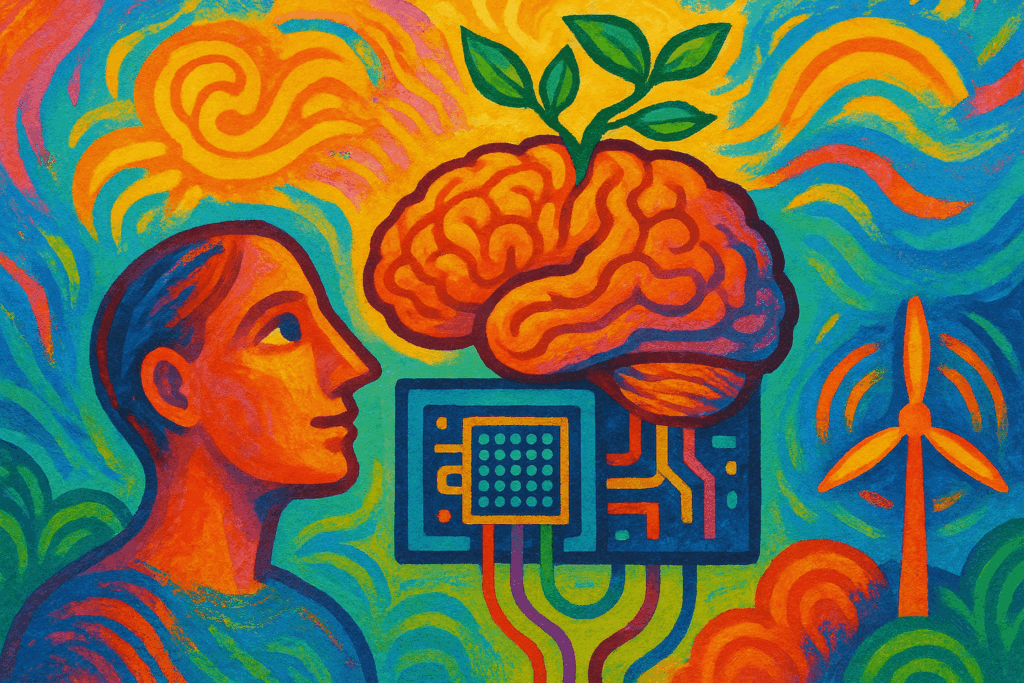AI’s Growing Energy Appetite
The rapid expansion of artificial intelligence has resulted in an unprecedented demand for computational power. Leading AI models consume vast amounts of electricity, contributing significantly to global energy use and carbon emissions. Industry leaders, including OpenAI’s Sam Altman, have voiced concerns about the environmental impact as data centers struggle to keep up with the needs of larger, more complex neural networks. This growing energy consumption poses a sustainability challenge that cannot be overlooked by the AI community and energy sectors alike.
Biocomputing: Intelligence, Not Artificial
Biocomputing represents an innovative approach that uses living neurons to perform computational tasks, diverging fundamentally from silicon-based architectures. Unlike traditional AI chips, biological computers rely on cultured neural networks that mimic brain activity with extraordinary efficiency. For example, Cortical Labs’ DishBrain project has successfully integrated living neurons to control simple tasks, showcasing potential for energy use that is orders of magnitude lower than conventional processors. The human brain itself consumes about 20 watts of power while executing complex cognitive functions, highlighting the natural advantage biological systems have over silicon in terms of energy consumption.
The Promise and The Challenges
Biocomputing offers a promising path to significantly reduce AI’s environmental footprint through improved energy efficiency and sustainability. However, widespread adoption faces several hurdles. Programming living neural networks remains complex, with current biocomputers limited in speed and lifespan compared to silicon-based systems. Challenges related to scalability, reliability, and integration into existing AI infrastructure require further research and development. Industry experts estimate that it may take years before biocomputing technologies achieve commercial viability, but continued advancements suggest a transformative long-term potential.
A Sustainable Path Forward for AI Energy
As AI continues to drive energy consumption to new heights, it is imperative to explore alternatives that align with sustainability goals. Biocomputing stands out as a potential solution that could reshape AI infrastructure by reducing reliance on energy-intensive silicon and offering a biologically inspired method for processing information. For professionals and leaders in the technology and energy sectors, keeping pace with these developments is essential to formulating strategies that balance innovation with environmental responsibility. Biocomputing may prove to be a vital component in the sustainable evolution of AI systems.




